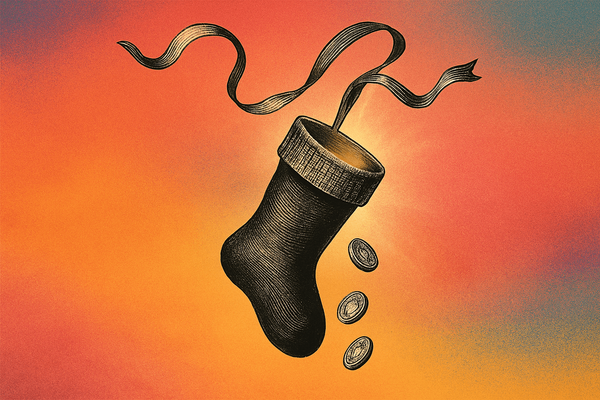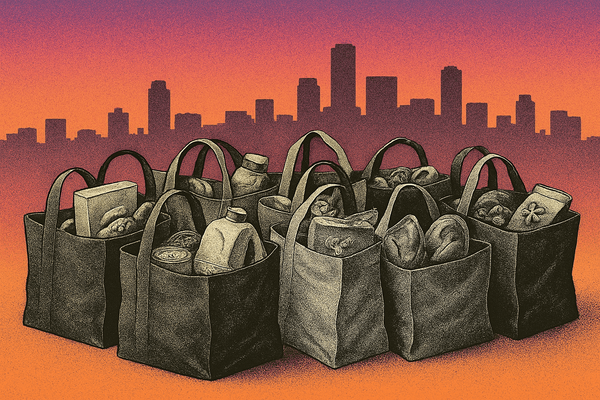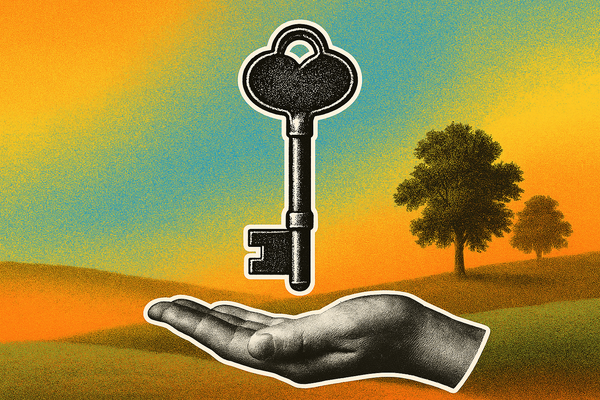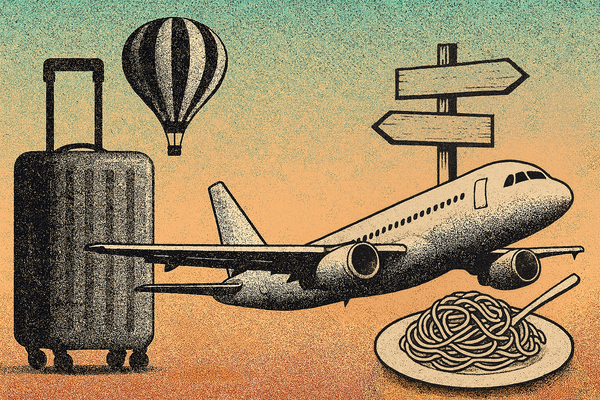Emergency Fund: Why You Need One and How to Start
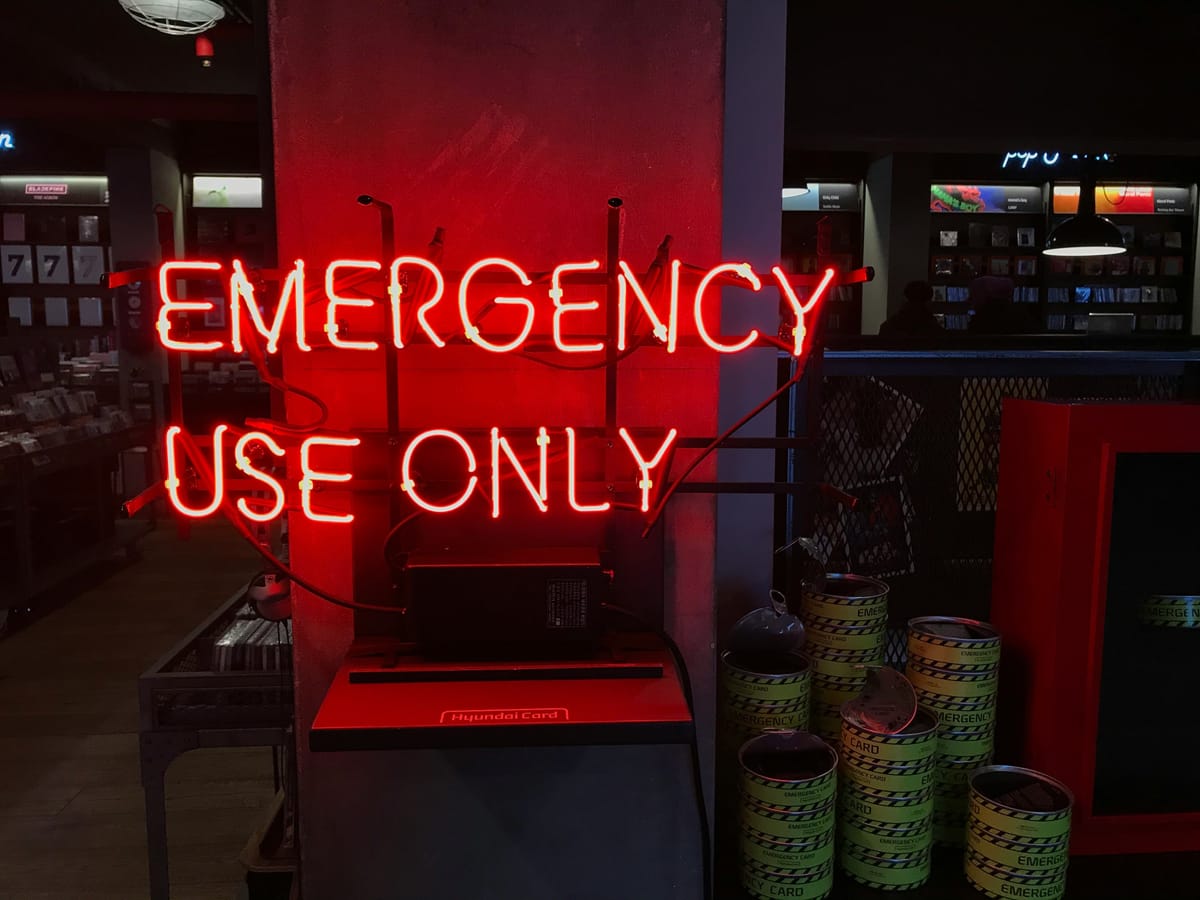
Given the uncertain economic environment influenced by ongoing trade disputes and fluctuating tariffs, financial stability has become increasingly important for Canadians. Unexpected events like job loss, emergency repairs, or surprise car issues underline the necessity of having an emergency fund. In this article, we provide a straightforward guide to help you build your own financial safety net.
1. What Exactly is an Emergency Fund?
An emergency fund is your financial safety cushion, designed to absorb sudden shocks without throwing your financial plans off balance. Think of it as insurance against life’s inevitable surprises, minus the fine print and monthly premiums.
Most financial experts recommend setting aside enough to cover three to six months of essential expenses.
2. How to Start Your Emergency Fund
Starting an emergency fund is more straightforward than it seems:
- Define Your Goal: Calculate three to six months of necessary living expenses (rent or mortgage, utilities, groceries, routine health care costs, and transportation).
- Break it Down: Set realistic monthly saving goals. Smaller regular contributions add up surprisingly fast.
- Automate Savings: Set up automatic transfers right after payday. This will help make saving effortless.
- Budget Smartly: Trim unnecessary spending where possible while you build up your fund. For example, a few fewer coffees each week can significantly boost your savings.
3. Best Places to Keep Your Emergency Fund
Your emergency fund should be safe, easy to access, and ideally, earning interest. High-interest savings accounts (HISAs) meet these requirements perfectly. Listed below are five excellent options available in Canada in 2025. The benefit of all of these accounts is that none of the interest rates are promotional. So you don't have to worry about the rate 'expiring' and then being lowered to an abysmal 0.3%.
| Account | Interest Rate (as of April 10/25) | Details |
|---|---|---|
| EQ Bank Notice Savings Account | 2.85% | CDIC insured up to $100,000. No fees. Requires waiting 10 days to withdraw funds. |
| Neo High-Interest Savings Account | 3.0% | CDIC insured up to $100,000. No fees. |
| Oaken Financial Savings Account | 2.8% | CDIC insured up to $100,000. No fees. |
| PC Financial Money Account | 3.5% | CDIC insured up to $100,000. No fees. |
| Wealthsimple High-Interest Chequing Account | 1.75% (up to 2.75% based on amount) | CDIC insured up to $1m. No fees. |
Choose a provider based on ease of access, online management preferences, and competitive interest rates.
4. Maintaining Your Emergency Fund
Once your emergency fund is established, keeping it effective is straightforward:
- Hands-Off Approach: Use the fund strictly for genuine emergencies—not as extra cash for spontaneous purchases.
- Regular Reviews: Annually, or after significant financial changes, reassess your fund’s adequacy and adjust up or down as needed.
- Replenish Promptly: If you use part of the fund, prioritize restoring it to full strength.
An emergency fund won't be the most exciting financial project you'll undertake this year, but given the uncertain times we're now in, knowing you’ve got your finances covered offers a kind of peace of mind that's genuinely priceless.


